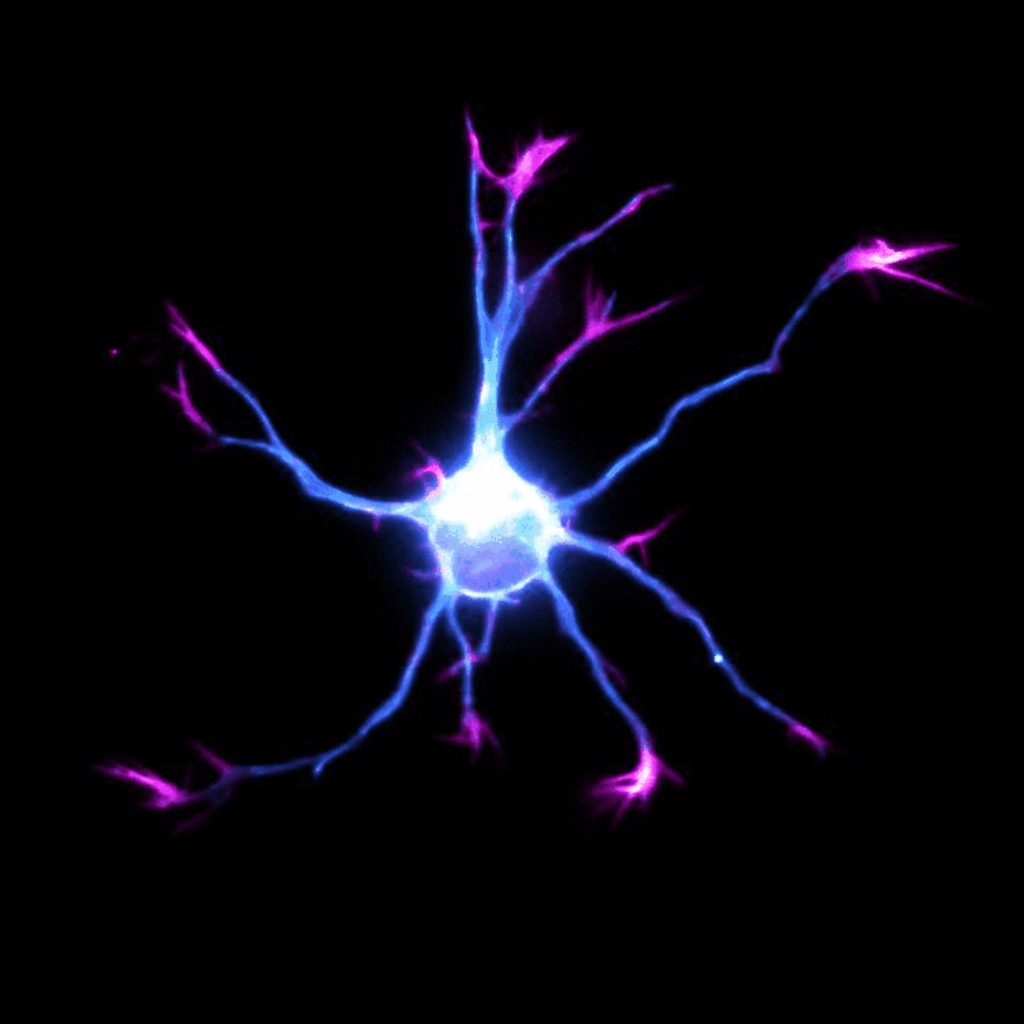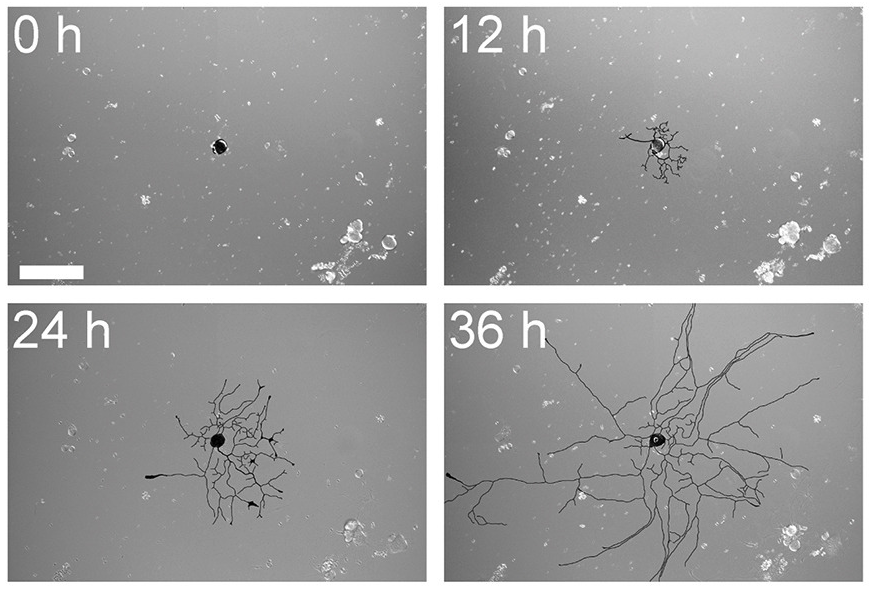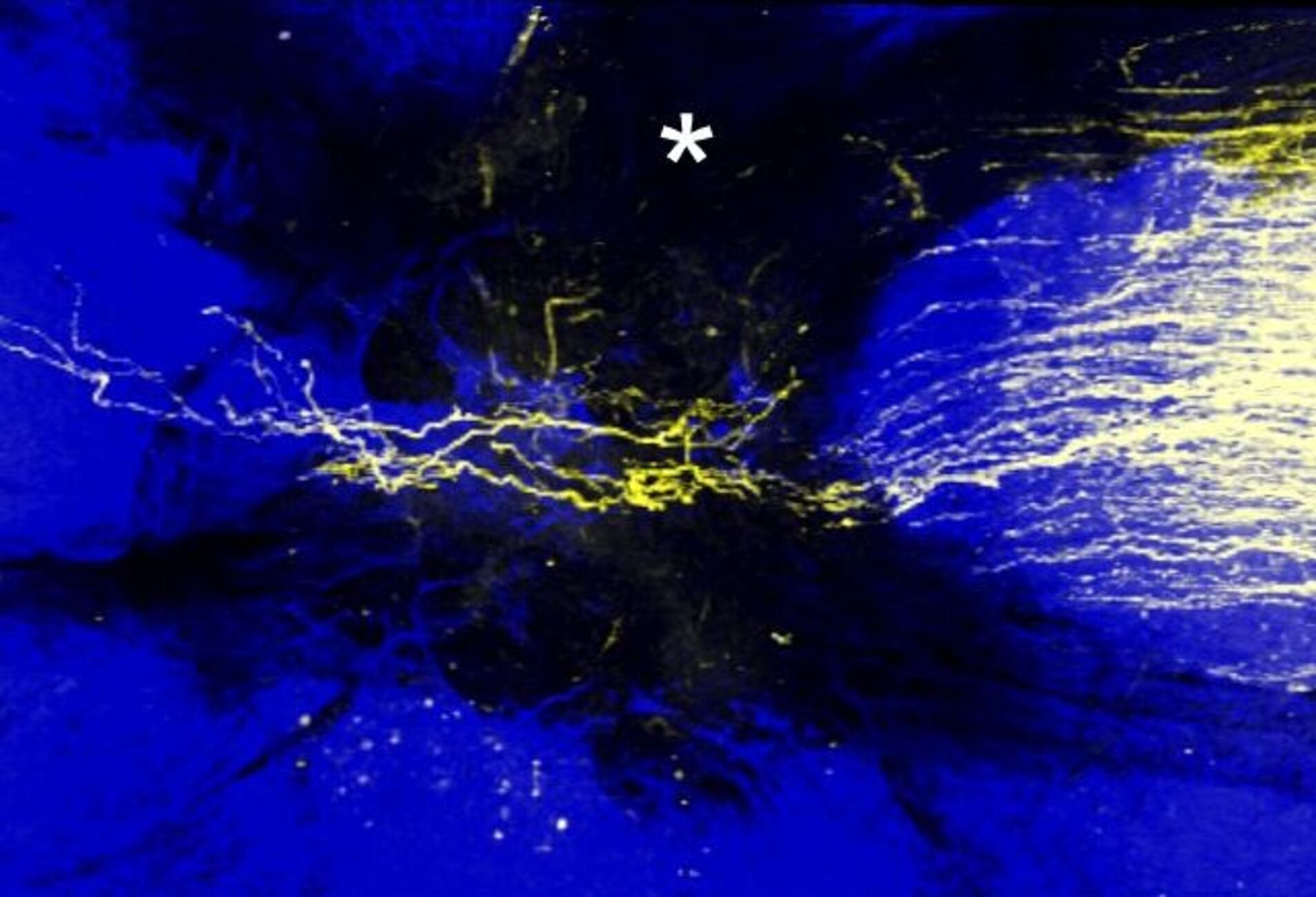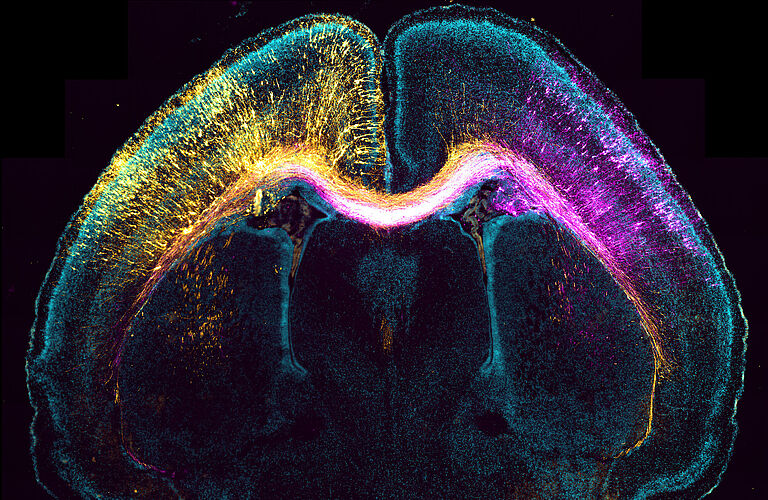Our research

The neuronal cytoskeleton
The first interest of the lab is the neuronal cytoskeleton. This dynamic network of structure-giving molecules shapes the cell and interacts with almost every process inside it. We interrogate these interactions, with a special focus on how the cytoskeleton is involved in the polarization of neurons and the growth of their axons. Our main findings include that unstable actin and stable microtubules are required to break the symmetry of young neurons and are necessary for axon growth, that disorganized microtubules underly the formation of retraction bulbs, that micotrubuli of extending axons are nucleated acentrosomaly, and that the whole microtubule array exhibits retrograde flow.

Axon growth
Unravelling how neurons generate their axon forms the basis for our work on how they regenerate their axon following an injury. Our work has shown that the second messenger cAMP triggers a cell-intrinsic program that allows the regeneration of spinal neurons, that stabilization of microtubuli in injured spinal neurons helps them regenerate past lesions and that electrical activity and an active vesicle priming machinery actively hinder regeneration.

Spinal cord regeneration
Building on our work on the neuronal cytoskeleton and axon regeneration, we aim for strategies to induce regeneration of injured spinal neurons, which usually fail to regenerate. We have shown that stabilization of microtubuli in vivo helps axons grow past the injury site and have identified the FDA-approved drug Epothilone that facilitates better outcomes following spinal cord injury in experimental models. Following these results we revealed that systemic microtubule stabilization not only makes neurones more growth competent but also reduces the amount of fibrotic scaring, allowing neurons to generate before scar tissue blocks their path. This effect is cumulative with rehabilitative therapy. Subsequently, we found that the small GTPase RhoA restricts axon regeneration in neurons, while being growth-promoting when expressed in astrocytes, due to its role in astrocyte reactivity.

